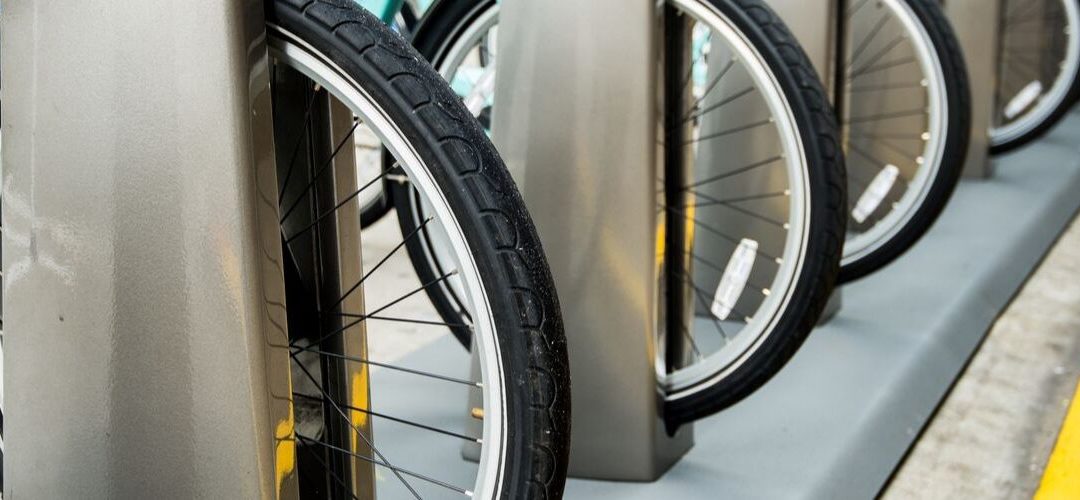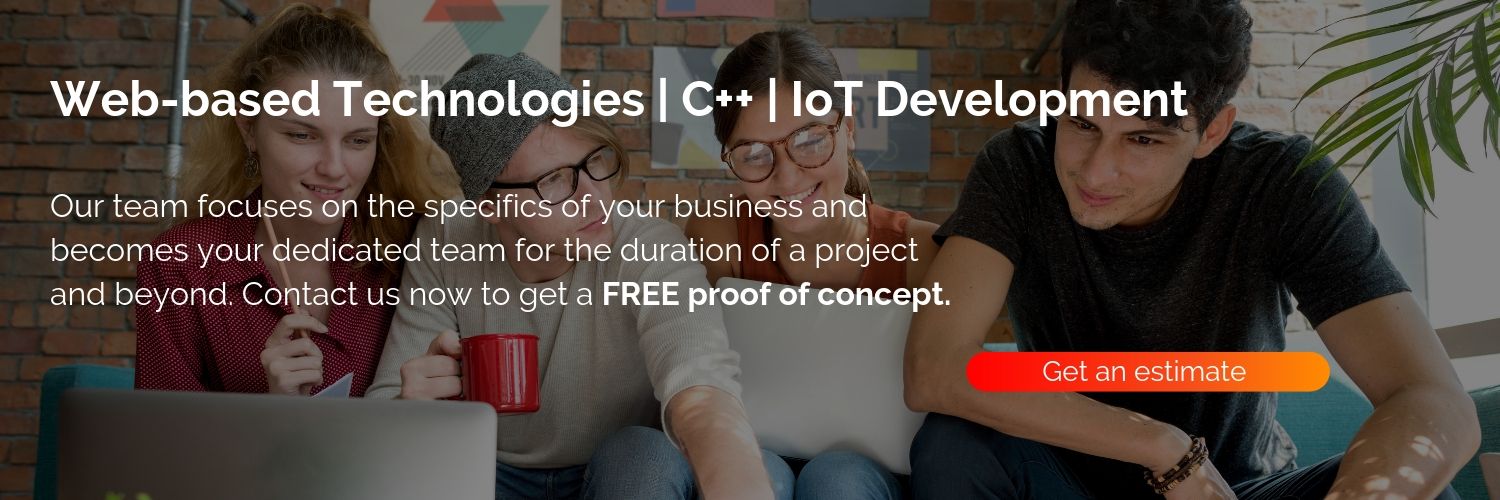IoT solutions for Smart City are being implemented in many different cities across the globe. However, it’s important to know that there’s still s lot of changes to be made. We’ve talked about IoT before so in case you’ve missed it:
Now it’s time for 10 IoT solutions for Smart City that will revolutionize every city.
10 IoT Solutions for Smart City
- Smart Parking
Finding a parking spot in a city center can be a real struggle. Especially if you’re living in a busy city. Luckily, there’s a few IoT solutions for smart city that help manage those parking spots more efficiently and navigate citizens to them.
There’s a lot of ways to implement Smart Parking solutions in a city. Let’s start with the most common way of informing drivers on the number of free parking spots. Measuring the number of cars entering the zone and exiting it. This isn’t 100% correct and doesn’t show directly where the free spot is. Furthermore, another way of dealing with parking in a city is by placing sensors on a ground that can read real-time whether the place is taken or not. Those data can be also available to drivers via app or a board. Last but not least, some cities use the same method as Google Maps to gather informations about free parking spots. For that they use a car with a camera that gathers all necessary informations. In addition, they instantly check if cars that are parked have paid for their spot (from a license plate).
- Intelligent Transport System (ITS)

The second IoT solution for Smart City is ITS. It is definitely one of the most important cases for smart cities. First of all, Intelligent Transport System collects different types of data about traffic, car crushes etc. Because of that, cities can manage traffic lights and optimize density of cars on the roads. Moreover, it’s especially important in big cities that struggle with huge traffics. Those smart solutions can change the length of green and red lights in order to minimize the traffic jam. They use different types of sensors a cameras to collect data, predict an event and prevent it. As a result, some cities that are bike-focused can use ITS to optimize the city for bikers instead of drivers.
- Smart Waste Management
There’s a lot of different IoT solutions for smart city, but this one is unfortunately not so popular. The usual way of managing waste in a city is not very efficient. Usually, operators empty bins accordingly to a strict schedule. As a result, this leads to an extra fuel consumption and operators finding bins only half-full or even empty. On the other hand, some of them are overloaded and don’t fit inside a bin anymore. For instance, a very smart way of managing this issue is by installing bin sensors inside the bins that inform operators on the filling degree of a container. Moreover, those data can be later used to optimize the route and maximize the efficiency of a single truck.
- Public Transport
Internet of Things has a lot of different solutions for public transport. For example, it can be used to inform passengers waiting on a bus stop on the localization of the bus they’re waiting for. Moreover, transporter can use IoT to collect data and use them to add extra buses on certain routes during hours when the bus is overloaded. There’s also a lot of smart apps that allow checking the bus schedule and buy tickets. Future of public transport can look a lot more like Uber. It’s very likely that soon we’ll be sending an information about a pick up from a certain bus stop via app and a bus driver will get an information to stop there or even change the route to pick us up. That’s only a matter of time before changes like that start happening.
- Smart Tourism

With a little bit of help from technology we can create a whole new tourist experience in a city. One of the most popular solution is using beacons to send tourist informations in a form of push notifications on a phone, an earpiece etc. They can be used instead of traditional boards displaying informations or even as a smart guide. For example, some museums are using this IoT solution instead of hiring a team of guides. It’s interesting for visitors and in a long term cheaper than having more employees. But it’s not only about beacons, there’s many ways to improve tourism in a city using Internet of Things. It can be in a form of various apps, interactive displays and many more.
- Environment
Measuring air pollution in one of the most important aspects of a smart city. That’s why many cities implement smart air sensors that create a pollution heat map of a city. Collecting those informations is a beginning for minimizing those numbers. Because of an increasing issue of an air pollution, cities need to limit the number of cars entering the center. That’s also the reason why so many cities ban some cars from driving around the center of a city. Park & Ride is a great way to encourage citizens to use public transport. Drivers leave their cars at parkings and use public transport to get to the center. In exchange for leaving their cars they can get a lot of different discounts or even a free public transportation. Of course it’s not only about air pollution, there’re also sensors that can monitor water quality and many more.
- Smart Lighting

IoT lighting systems allow maximizing the efficiency of streetlights. Connecting all of the lights in one system creates many new possibilities. You can control which lights are turned on or off, which one is brighter than the other ones etc. They can even react for the traffic by themselves and light up when the cars are coming. There’s also another huge advantage of smart lighting system. Because they’re connected, you can see what their status is and be informed right away if one of them is broken. Those are extremely cost-effective IoT solutions for smart city since no one had to drive around the city checking if all the lights are working.
- Carsharing
Due to environment issue, there is an increasing demand for eco-friendly cars. Unfortunately they’re still very expensive and not everyone has a car that can enter the center of a city. Luckily, companies like Traficar allow us to rent a car for a short period of time. You can rent a car even just for a few minutes and leave it whenever you want to. It’s a great way for people who don’t own a car on their own but have a driving license that allows them to drive a car. As a result, cities can limit the number of cars on the roads and decrease air pollution.
- Ridesharing
Even though, it usually involves longer drives than the ones across the town, I think Ridesharing is also worth mentioning here. BlaBlaCar is a very well known app that allows drivers to inform others about their trip and offer a ride in exchange for a small fee. This is a great way to encourage people to use the maximum of the space in their cars. This can help maximizing the usage of a single car.
- Scooters, Bikes and Bicycles
Last but not least, we have one of the most exciting and fun solutions. They’re very popular in many cities and that’s more important – eco-friendly. They encourage citizens to use bikes or scooters instead of driving a car. Moreover, it’s a great way to show people how Shared Goods work. One of less popular but still pretty successful IoT solutions for smart city is bicycles sharing. Just like carsharing, you can use a bicycle as long as you need to and leave it for others to use it after you.
Summary
There’s a lot of different IoT solutions for Smart City and it’s not difficult to name them. What’s important is to focus in implementing those solutions in real life and help cities grow in an eco-friendly way.









